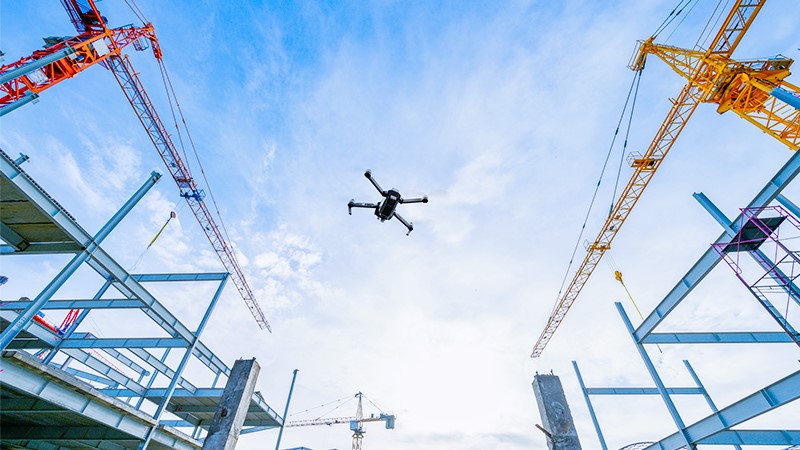The construction industry in Canada has always been a significant contributor to the country’s economy. The industry is responsible for creating jobs, building infrastructure, and providing homes for millions of Canadians. However, the construction industry is also known for being slow to adopt new technologies and materials. In recent years, there has been a push to change this and embrace new technologies and materials that can make construction more efficient, sustainable, and cost-effective. In this article, we will explore some of the new technologies and materials that are being used in construction in Canada and what they mean for the future of the industry.
One of the most significant changes in construction technology is the use of building information modeling (BIM). BIM is a digital representation of a building’s physical and functional characteristics. It allows designers, architects, and engineers to work collaboratively and detect errors before construction begins. BIM also allows for more accurate estimates of costs and timelines, reducing waste and delays. Many construction companies in Canada are now using BIM to streamline their processes and increase efficiency.

Another technology that is gaining popularity in the construction industry is 3D printing. 3D printing involves creating a physical object from a digital design by depositing layers of material one at a time. In construction, 3D printing can be used to create complex components such as facades, columns, and walls quickly and at a lower cost than traditional construction methods. This technology is still in its infancy, but many experts believe it has the potential to revolutionize the industry.
Another trend in construction is the use of prefabrication and modular construction. Prefabrication involves creating building components off-site and then assembling them on-site. Modular construction involves building entire modules off-site and then assembling them on-site to create a building. These methods can reduce waste, increase efficiency, and reduce construction time, making them popular in Canada’s construction industry.
Sustainability is also becoming increasingly important in construction. Green building practices, such as using renewable energy sources, reducing waste, and using sustainable materials, are gaining popularity. One such material is cross-laminated timber (CLT), which is a sustainable alternative to concrete and steel. CLT is made from layers of wood panels that are glued together, creating a strong and lightweight building material. CLT has been used in several high-rise buildings in Canada, and experts predict that it will become even more popular in the coming years.

In addition to new materials and technologies, the construction industry in Canada is also embracing new methods of project delivery. Integrated project delivery (IPD) is a collaborative approach that involves all stakeholders in the construction process, including architects, engineers, contractors, and owners. This approach can reduce waste, increase efficiency, and improve communication, leading to a better outcome for everyone involved. How to clean and maintain plastic windows in Canada, check out this link.
In conclusion, the future of construction in Canada is bright, with new technologies, materials, and methods of project delivery making the industry more efficient, sustainable, and cost-effective. BIM, 3D printing, prefabrication, modular construction, CLT, and IPD are just a few examples of the innovations that are changing the way buildings are designed and constructed. As the industry continues to embrace these changes, we can expect to see more sustainable, affordable, and functional buildings in Canada’s cities and communities.

